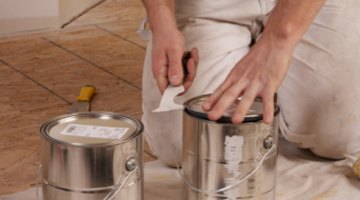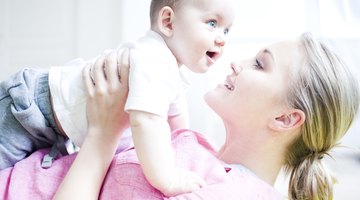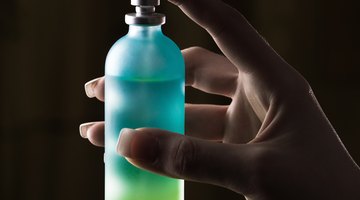The Effects of Paint Fumes on Pregnancy
Painting during pregnancy is not recommended, because the exact effects of the paint fumes are not well-understood by doctors and scientists. Different types of paint pose different risks to pregnant women. According to Baby Center, latex or acrylic paints aren’t made using solvents, and for this reason, they are generally considered safe if the area is ventilated thoroughly. Oil-based paints, on the other hand, contain harsh solvents and require chemicals for cleanup. They are not recommended for use by women who are expecting.
Miscarriage
Although the exact effects of paint fumes have not been fully determined, Lori Wolfe, a genetic counselor with Baby Center, explains that some studies have shown that exposure to paint fumes during pregnancy may increase the risk of miscarriage. Prolonged exposure, particularly during the first trimester, may contribute to an even higher risk of miscarriage.
Birth Defects

Flea Spray & Pregnancy
Learn More
Women who have repeated and prolonged exposure to paint fumes during pregnancy may have a higher risk of giving birth to a baby with birth defects. BabyCentre notes that one particular birth defect, known as gastroschisis, is thought to occur more frequently in women with paint fume exposure. Gastroschisis is a condition where the intestines and other abdominal organs grow outside of the belly as a result of a hole in the abdominal wall.
Learning Problems
Exposure to paint fumes during pregnancy can impact the baby even years after the birth. Learning difficulties have been linked with paint fume exposure, particularly exposure to oil-based paints. In order to prevent these effects from occurring, pregnant women are advised to avoid painting during pregnancy and to allow a space to ventilate well after painting is done, even if professional painters or other family members do the painting. Babies should not be placed in a freshly painted nursery.











